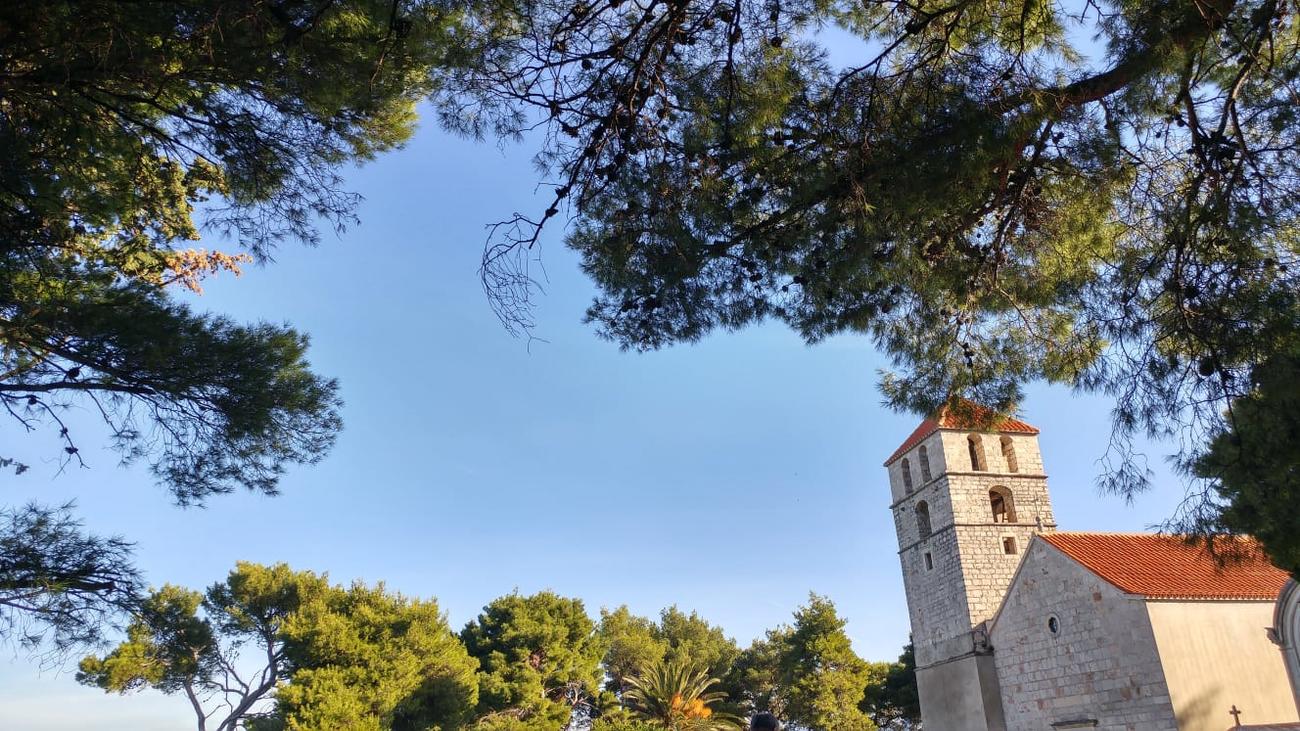
Gradina, Jelsa
At the beginning of the 17th century a church and monastery dedicated to St. Augustine were built just east of Jelsa -on a headland called ‘Gradina’, which means ‘fort’. This Augustinian centre was one of four dedicated to that saint on Hvar, the others being near Hvar Town, Sveta Nedjelja and Sućuraj. The order ceased to function there in the 18th century, and now the town cemetery is built on Gradina.
According to Niko Duboković, one of Hvar’s best-known historians, the headland was already known as ‘Gradina’ at the time when the Augustinian monastery was built, which led him to conclude that there were ruins of a fort on the site. The Hvar Statute of 1331 refers to ‘Civitas Vetus Ielsae’ (‘The Ancient Town of Jelsa’), but does not state exactly where it was. As there are remnants of strong fortified walls stretching from one side to the other of the Gradina headland, Niko Duboković suggested that this was most probably the site of the ‘Civitas Vetus Ielsae’, which was a fortress covering the whole peninsula (over 6.5 hectares).





